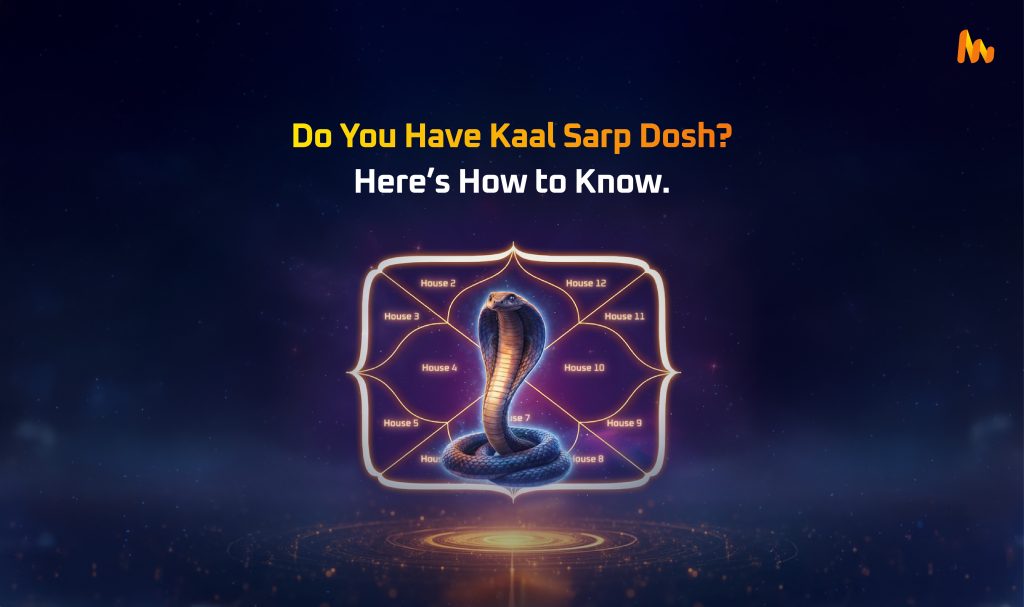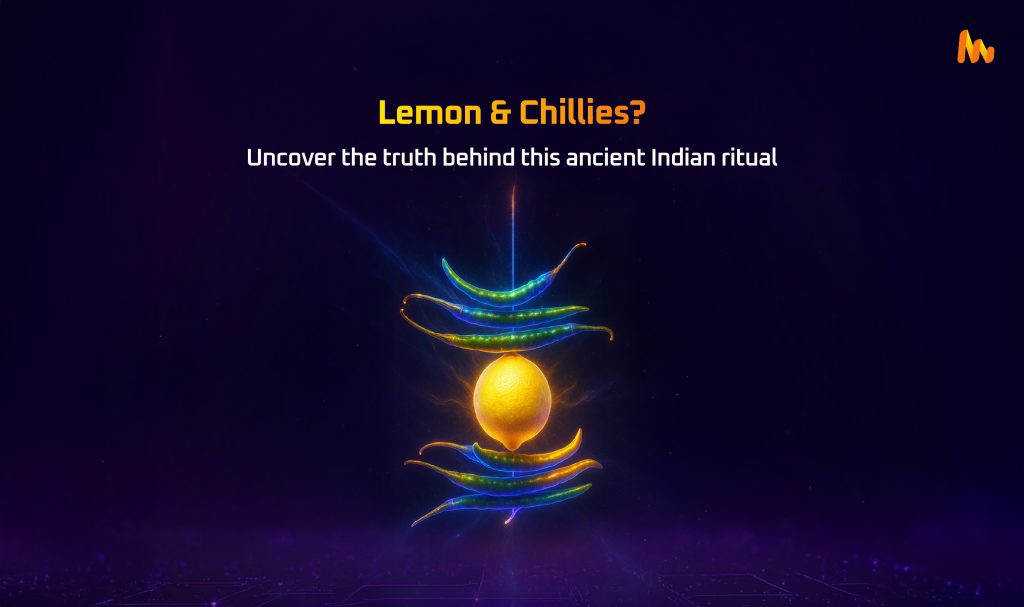Every parent wants the best for their child: health, happiness, success, and love. And in the Indian culture, one of the traditional ways to gain insight into a child’s potential is through Vedic astrology, by reading their Kundli, or birth chart.
While astrology might seem complex at first, this guide is designed to make it easy and accessible for parents. Whether you’re deeply spiritual or simply curious, understanding your child’s Kundli can help you make informed decisions, prepare for life events, and nurture their strengths.
Let’s break it down, step by step.
P.S. If you’re brand new to birth charts and astrological houses, start with our Astrology 101: A Beginner’s Guide to Birth Charts and Houses to understand the basics.
What is a Kundli?
A Kundli (also known as Janam Kundli or birth chart) is a cosmic snapshot of the planets at the exact moment and place of your child’s birth. Think of it as a spiritual blueprint that maps their personality traits, strengths, challenges, and life journey.
The Kundli is based on:
- Date of birth
- Time of birth
- Place of birth
These details are used to calculate the planetary positions, 12 houses, and zodiac signs that shape your child’s life path.
Basic Structure of a Kundli
Before diving in, it helps to know the three main components of a birth chart:
1. The 12 Houses (Bhavas)
Each house represents different areas of life, such as family, health, education, career, relationships, and more.
2. The 9 Planets (Navagrahas)
These include the Sun, Moon, Mars, Mercury, Jupiter, Venus, Saturn, Rahu, and Ketu. Each planet governs different traits.
3. The 12 Zodiac Signs (Rashis)
These signs—like Aries, Taurus, Gemini—determine how the planets behave in your child’s chart.
Understanding how these three interact is the foundation of reading a Kundli.
Why Read a Child’s Kundli?
Parents often create a Kundli soon after birth for various reasons:
- To understand the child’s personality
- To anticipate health concerns
- To make education and career choices
- To match compatibility for future marriage
- To perform remedies if needed (like name corrections, mantras, or rituals)
But more than predictions, a Kundli can be a tool of awareness, guiding you to raise your child mindfully and compassionately.
Step-by-Step Guide to Reading Your Child’s Kundli
Here’s how you can begin interpreting the chart:
Step 1: Identify the Ascendant (Lagna)
The Lagna, or Ascendant sign, is the zodiac sign rising on the eastern horizon at the time of birth. It sits in the 1st house and defines your child’s outer personality, physical traits, and approach to life.
For example:
- Aries Lagna: Energetic, bold, active
- Virgo Lagna: Thoughtful, detail-oriented, practical
Pro Tip: The Lagna is the lens through which your child sees the world.
Step 2: Understand the Moon Sign (Rashi)
Unlike the Sun sign used in Western astrology, the Moon sign is more important in Vedic astrology. It represents your child’s emotions, instincts, and subconscious tendencies.
If your child has:
- Moon in Cancer: Nurturing, sensitive, family-oriented
- Moon in Aquarius: Imaginative, independent, curious
The Moon sign can help you understand your child’s emotional needs and how they process feelings.
Step 3: Look at the Placement of Planets
Each planet influences certain aspects of life:
| Planet | Represents |
| Sun | Confidence, ego, leadership |
| Moon | Emotions, mind, motherly bond |
| Mars | Energy, courage, aggression |
| Mercury | Intelligence, speech, communication |
| Jupiter | Wisdom, learning, spiritual growth |
| Venus | Creativity, love, beauty |
| Saturn | Discipline, responsibility, karmic lessons |
| Rahu | Desires, illusions, worldly gains |
| Ketu | Detachment, past life karma, spirituality |
Check which house each planet is in, and which sign it occupies. This combination tells you:
- How strong that planet’s influence is
- What area of life does it affect
- What challenges or blessings does it bring
For example:
- Jupiter in 5th House: Bright student, creative, good with children
- Saturn in 3rd House: Disciplined in communication, slow but steady learner
Step 4: Examine the 5th and 9th Houses
These two houses are especially important for children:
- 5th House: Education, creativity, talents, and intelligence
- 9th House: Luck, higher education, spiritual growth, and fatherly influence
If these houses are strong, your child is likely to be bright, curious, and lucky in learning and personal growth.
Step 5: Check the Nakshatra (Lunar Constellation)
Your child’s Moon Nakshatra gives in-depth insight into their personality. For example:
- Ashwini: Fast learners, quick thinkers, spontaneous
- Rohini: Creative, loving, artistic
- Magha: Proud, royal nature, leadership qualities
Each Nakshatra has unique traits and ruling deities, which subtly influence your child’s behavior and potential.
Step 6: Analyze the Dasha System
In Vedic astrology, Dasha periods indicate how different planetary energies affect your child’s life over time.
The first Mahadasha (major period) usually begins with the planet ruling the Moon Nakshatra at birth.
For example:
If your child is born in Moon Nakshatra, the first Dasha might be Moon Mahadasha, lasting 10 years.
Each Dasha affects mood, health, academics, and social behavior. Knowing this can help you support your child during sensitive or growth-heavy years.
How to Use This Knowledge as a Parent?
Reading your child’s Kundli isn’t about becoming a fortune teller—it’s about gaining perspective. Here’s how you can use it positively:
1. Embrace Their Unique Personality
If the chart shows they’re a deep thinker or a free spirit, let them be! Don’t force them into molds.
2. Prepare for Sensitive Phases
Difficult planetary periods (like Shani Dasha) may bring moodiness or health issues. Be supportive, not scared.
3. Encourage Natural Talents
If the chart suggests creative, athletic, or intellectual strengths, nurture those early on.
4. Avoid Superstition
Kundli is a guide, not a verdict. Don’t let it overshadow love, intuition, or free will.
Remedies and Rituals (If Needed)
If a Kundli shows Doshas (imbalances) like Mangal Dosha or Kaal Sarp Dosh, consult a qualified astrologer. Sometimes, simple rituals or lifestyle changes can bring harmony.
Some common remedies include:
- Mantras or chanting (e.g., Gayatri Mantra for intelligence)
- Charity or donations
- Fasting or gemstone therapy
- Name alignment based on Nakshatra
But remember—no remedy replaces love, patience, and parenting!
Let’s say your child has:
- Lagna: Cancer
- Moon: Taurus in Rohini Nakshatra
- Jupiter in the 4th house
This indicates:
- A nurturing, emotional child
- High creativity and beauty
- Strong connection with the mother
- Love for art and music
- Bright academic future, especially with parental support
Knowing this, you might encourage hobbies like music, drawing, or storytelling, and build a peaceful home environment for growth.
Final Thoughts
Your child’s Kundli is like a cosmic love letter, whispering secrets about who they are and who they can become. It’s not a rigid rulebook—but a gentle guide to help you raise them with awareness, empathy, and joy.
In today’s fast-paced world, parenting with a little help from the stars can offer just the insight you need to connect deeply with your little one. So, explore the chart—but always trust your instincts and your child’s inner light.
If you’re curious to explore more, the VedVaani app is a space that offers just that! Besides, we’re slowly working on something special—a thoughtful way to help you understand your child’s Kundli with a detailed report that brings clarity and care to your parenting journey. More on that coming soon, stay tuned!
Until then, may the stars guide you and your little one with love, wisdom, and wonder.






